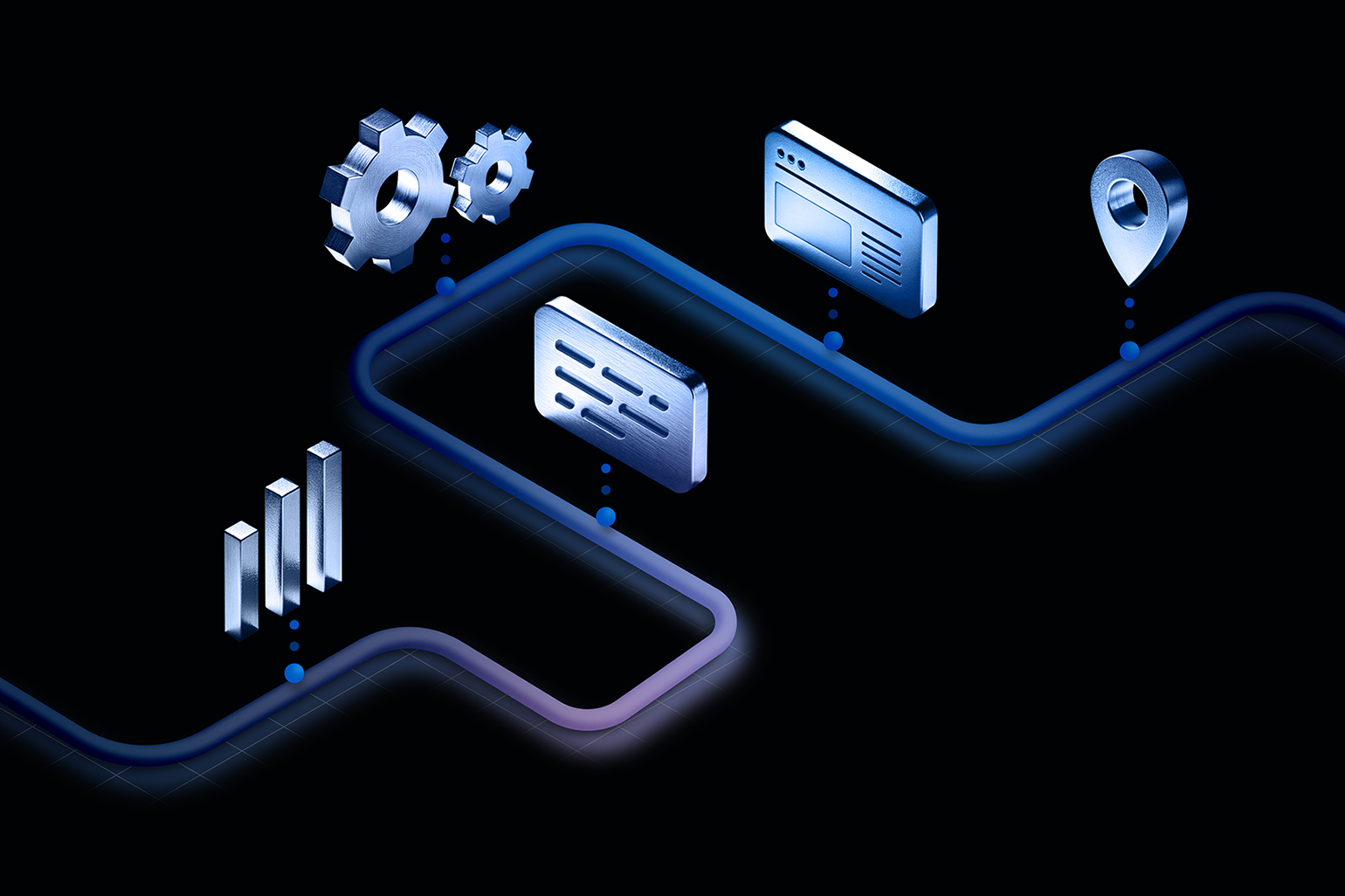4 Tips to Optimize Your Homepage

If websites are brands’ digital residences, home pages are the front door. As the web design landscape evolves toward accessibility, inclusivity, and personalization, the art of crafting an effective homepage has never been more critical.
“The most common mistake you can make with your homepage is doing too much,” says NJI’s Global Vice President of Development Claudio Meira.
Above all, your homepage should clearly and succinctly convey who you are, what you do, and how you can help the user.
“Basic rules of hierarchy and proximity, intuitive navigation, and clear website pathways will guide users to the most relevant content,” says Art Director Dale Campbell. “The best homepage ensures everything is accessible within one or two clicks with minimal scrolling.
Meira and Campbell share four ways to create a digital experience that inspires trust and leads users seamlessly to the content they want.
Increase Engagement Through Personalization
Today’s users not only appreciate a tailored experience—they expect it. Artificial intelligence is making it easier to feature user-specific content on homepages based on visitors’ demographics, geolocations, and pathways to the site. AI-powered tools don’t just track data such as time spent on a page or keywords that draw users in. They’re also constantly learning and applying insights from millions of similar user actions that make it easier to create a more personalized, streamlined user experience and thereby retain attention longer.
Optimize Speed and Performance
A homepage that loads quickly is more than a “nice to have” for users. It’s also a factor in Google search results and SEO ranking, so better performance makes your site more prominent. In the ever-evolving race for maximum searchability, developers are adjusting and revising code to reduce loading times by fractions of a second. We also recommend minimalist design from an aesthetic perspective—they’re clean, visually appealing, and easy to navigate—but it’s a must for functionally: Less clutter means a faster load time, and therefore more traffic and visibility.
Incorporate Emotionally Intelligent Design
One of the best ways to engage users on a homepage is to incorporate features that can recognize and adapt to emotion. For example, an AI-supported website that detects user frustration via “rage clicking” can serve up a chatbot offering help or popup instructions explaining how to report a bug. Emotionally intelligent design doesn’t have to be high-tech, however. Thoughtful, intentional visual design is one of the most effective ways to create a homepage that is inviting and strikes a specific emotional note—ideally, one that reinforces a brand identity or nudges a user toward a desired outcome. A strategic approach ensures that every aspect of the homepage subtly—or boldly—helps to achieve the intended emotional experience.
Incorporate Video and Animation—Sparingly
Video remains a powerful tool for engagement, especially as new applications arise and approaches evolve. For instance, parallax scrolling technology—introduced decades ago—has resurged with videos in lieu of still images. Evolving technology and faster load times have transformed this feature into an informative and immersive tool. For animations, UX designers are moving away from large, potentially distracting videos in favor of subtle micro-animations that add a responsive and intuitive feel to every click or scroll. Used thoughtfully, both dramatic and modest video elements can create depth, garner interest, draw attention to key messages, and add tiny moments of surprise and delight.
See how we’ve put these principles to work:

